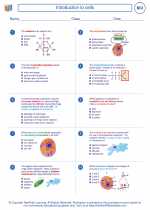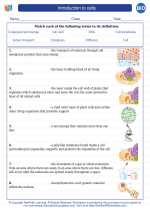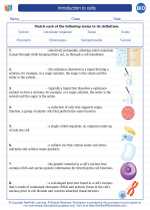Understanding Air Pressure
Air pressure is the force exerted by the weight of air in the atmosphere. It is the result of the gravitational attraction of the earth on the air molecules. The atmosphere is composed of air, which is a mixture of gases, primarily nitrogen (about 78%) and oxygen (about 21%).
Factors Affecting Air Pressure
Several factors can affect air pressure, including altitude, temperature, and humidity. As altitude increases, the air pressure decreases because there is less air pressing down from above. Additionally, as temperature increases, air pressure decreases, as warmer air is less dense and exerts less pressure. Conversely, as temperature decreases, air pressure increases. Humidity also plays a role in air pressure, as water vapor is lighter than dry air, so humid air exerts less pressure than dry air at the same temperature and volume.
Measuring Air Pressure
Air pressure is commonly measured using a barometer. The two main types of barometers are mercury barometers and aneroid barometers. Mercury barometers use a column of mercury to measure air pressure, while aneroid barometers use a flexible metal box to detect changes in air pressure.
Effects of Air Pressure
Air pressure has significant effects on weather patterns, as variations in air pressure create wind and influence the movement of air masses. Differences in air pressure also contribute to the formation of high and low-pressure systems, which are associated with specific weather conditions such as clear skies, precipitation, and storms.
Study Guide
Here are some key points to remember about air pressure:
- What is air pressure and what causes it?
- How do altitude, temperature, and humidity affect air pressure?
- What instruments are used to measure air pressure?
- What are the effects of air pressure on weather patterns?
Additionally, it's important to understand the units of measurement for air pressure, such as millibars or inches of mercury, and be able to interpret and compare air pressure readings in different locations.
Finally, practicing with sample problems involving air pressure and its effects on weather can help reinforce your understanding of the topic.
[Air Pressure] Related Worksheets and Study Guides:
.◂Biology Worksheets and Study Guides High School. Introduction to cells

 Worksheet/Answer key
Worksheet/Answer key
 Worksheet/Answer key
Worksheet/Answer key
 Vocabulary/Answer key
Vocabulary/Answer key
 Vocabulary/Answer key
Vocabulary/Answer key
 Vocabulary/Answer key
Vocabulary/Answer key
 Vocabulary/Answer key
Vocabulary/Answer key
